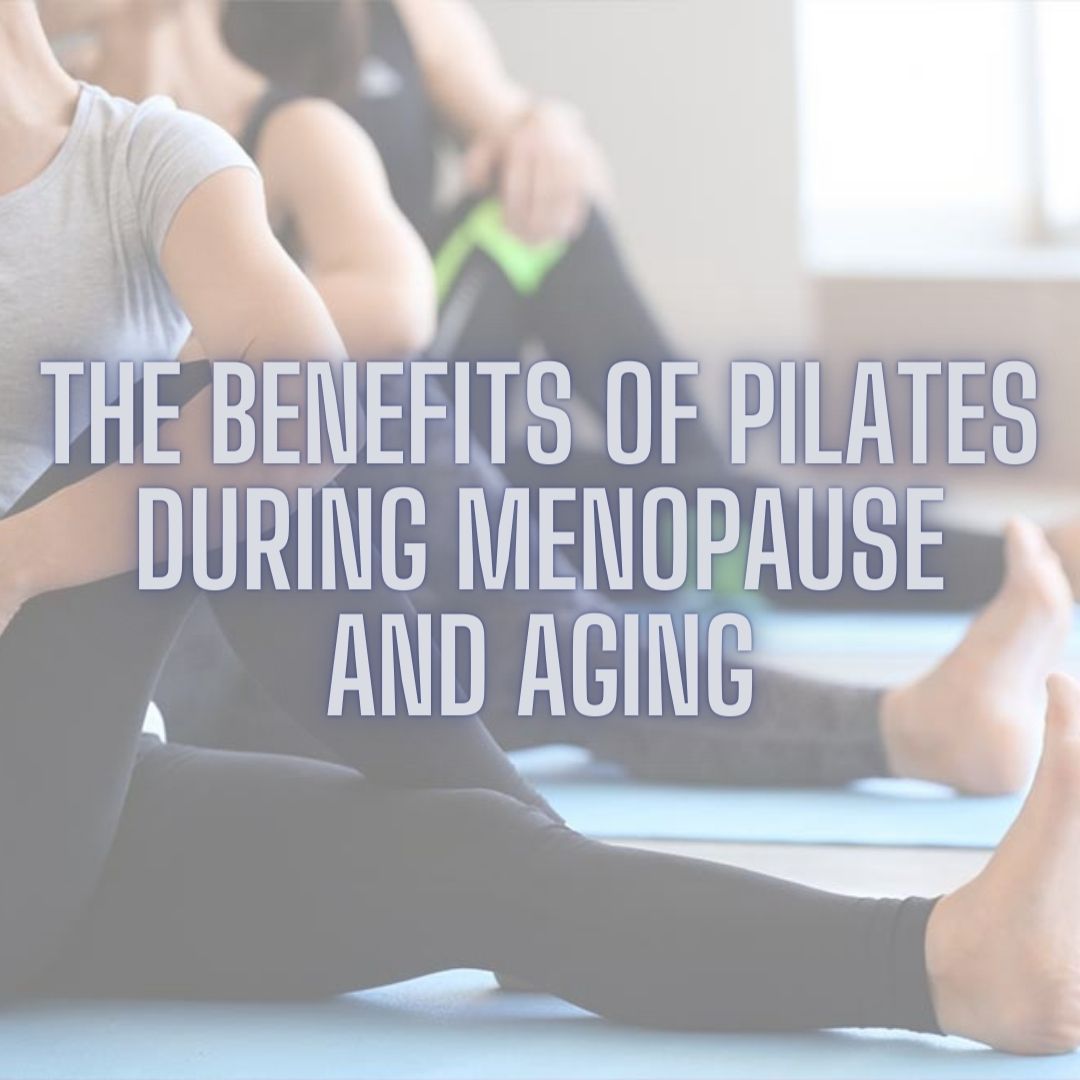Aging can seem daunting. A woman’s body encounters many changes that are beyond her control, often with uncomfortable side effects which can change the way her body functions. During this time of change, the body requires different needs which can make it tricky to figure out what type of exercise will be beneficial. This blog will explain the changes that come with aging and how Pilates can help you through these changes.
How can Pilates help with loss of bone density?
In the five years after menopause, a woman can lose up to 20% of their bone density and the whole body can be affected, with the spine and hips particularly at risk. This loss of bone density can lead to osteoporosis. The term osteoporosis comes from the Latin words for “porous bones.”
As Pilates is low impact, it’s gentle on the joints and is adaptable to all life stages and ages, making it a perfect fit for anyone who has osteoporosis. In most cases, osteoporosis affects the shape of the spine, particularly the thoracic spine.
As Pilates targets the deep core and spinal muscles, it can help with posture and to strengthen these muscles to support the spine. You may hear phrases like “imagine the head floating on top of the shoulders” or “open the collar bones out to sides of the room” which encourage correct posture.
As the bone density in older women starts to decrease, Pilates can also assist in making everyday activities easier. Matwork Pilates teaches you how to safely get off your back without exacerbating any conditions/injuries. These skills translate to getting out of bed, standing to sitting, walking up and downstairs and even picking up groceries off the floor.
Pilates teaches this through using the strength and mobility of the arms and legs to assist with movement within the torso. For example, getting out of bed. Instead of rolling straight up to a sitting position (which can put strain on the core and back), you would roll onto your side and use your arms to help push you up to a seated position (which is practiced during a Pilates class).
This is why Pilates is an effective form of exercise to incorporate into our lives as we age.
How can Pilates help with loss of balance and reducing falls?
One of the most common accidents to occur as we age are falls. This can be a combination of loss of balance, co-ordination and proprioception (awareness of the body in space). Pilates incorporates all these aspects to aid in fall prevention.
There is a myriad of exercises dedicated to balance within the Pilates repertoire. Some are performed on the floor to build balance within both sides of the body either supine (on your back), side lying or prone (on your front). Placing the body in different orientations in space can also help with proprioception.
Regular Pilates practice has been shown to help reduce the risk of falls and fall-related injuries.
How can Pilates help with maintaining muscle mass during Menopause?
As we age, we naturally lose strength. Muscle mass decreases three to eight percent per decade after the age of 30. As muscle fibres shrink, fat gradually replaces some of the muscle volume. When this common aging process occurs, muscles have less ability to contract. This can mean that your muscles cannot handle the load of previous decades and also can result is slower muscle recovery.
Pilates is such a perfect fit as you can tailor the exercises to what your body needs. There are several variations of every single movement within the Pilates repertoire that cater for the aging process. The repetitions can be shortened, the choreography can be made simpler and the movements can be slowed down.
Matwork Pilates mainly uses body weight movements which are highly effective in maintaining muscle mass. Reformer Pilates incorporates resistance training which is equally effective in maintaining muscle mass as you age.
How can Pilates help with pelvic floor issues during Menopause?
The pelvic floor (in my opinion) is the body’s most amazing group of muscles. The pelvic floor is made up of muscles that act like a hammock that support all of the organs above, especially the bladder, bowl and uterus.
As mentioned previously, muscle mass decreases as we age, therefore so does the integrity of the pelvic floor muscles. This is why women can experience incontinence.
Pilates teaches you how to engage and release the pelvic floor. It’s important to know the difference of when to engage and when to relax the pelvic floor as like any muscle, it needs times where it can chill out! However, if the pelvic floor is compromised like decreasing muscle mass, it’s just as important to keep it strong and engaged!
This is practiced during breathwork (exhaling/inhaling at the appropriate time within movements) by drawing the belly button in and lifting the pelvic floor (a sensation of stopping yourself from going to the toilet). This combination helps to engage and strengthen the pelvic floor to prepare it for taking on extra load like picking up a grandchild or getting out of bed.
As Pilates is such a gentle way to exercise, it can be practised every single day, which is great news for the pelvic floor.
The most important thing to remember is that movement is movement! And all kinds of movement are fantastic for the body as we age. Practicing Pilates will assist you with your aging journey and will support you with anything that comes your way.


